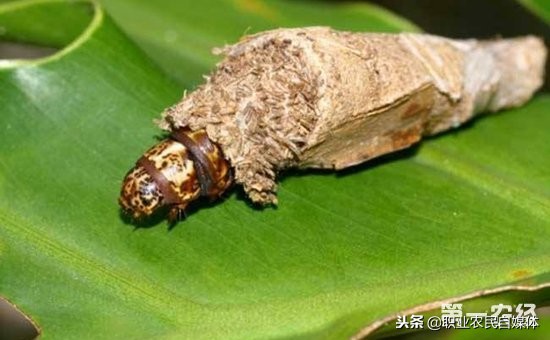1. Bugs
There are many kinds of insects, mainly cypress oysters, elm oysters, camphor net shield oysters and so on. Female adults and nymphs cluster on branches or leaves to harm, and after being killed, the leaves fall, and the heavy branches die. Occurs in 2 generations per year, with female adults overwintering on treetops and leaves. Eggs are laid in April and hatched in May, which can harm the foliage.
Control methods: To control insect pests, insect branches and dead branches should be cut first, and burned in time; weeds inside and outside the park should be removed; and fertilizer management should be strengthened. The second is to protect and utilize predators. Finally sprayed, the agent can choose 40% rapid culling (killing phosphorus) emulsion 1000 ~ 1500 times liquid, 25% chlorpyrifos 1500 times liquid, 99.1% of the death insect 200 times liquid, oil emulsion 120 times liquid or 25% Urad 1000 ~ 1500 times liquid.

Moths
2. Moths
There are moths, small moths, inchworms, poisonous moths, pseudo-yellow leaf curling moths and fruit-sucking nocturnal moths. Mostly to harm the leaves, eat young leaves.
Control methods: The control of moths should be based on comprehensive management. In winter, clear the garden, sweep away the fallen leaves, eradicate the weeds on the edge of the garden, and burn them in a concentrated manner; pick insect bags, shear leaves, and kill egg blocks; protect and use mantises, ladybirds, grass moths, spiders and other beneficial natural enemies; light or sugar and wine vinegar to trap adults and larvae; spray agents; use 5% Ruijinte 1500 times liquid or 10% imidacloprid 2000 to 3000 times liquid to control moths, poisonous moths, and inchworms; use 50% marathon or 50% octylthion 800 to 1000 times liquid or 20% rapid killing of 2000 times liquid, 90% enemy hundred insects 1000 times liquid, 5% Nong Munte 1000 times liquid or 25% urea No. 3 1500 times liquid spray leaf curl moths and small moths. Cyanobacteria, Albicans or Bacillus thuringiensis can also control a variety of pests. 5.7% of 100 trees get 1000 to 1500 times the sap spray canopy, which is better for the control of fruit-sucking nocturnal moths.
fruit fly
Third, fruit flies
When the arbutus fruit is ripe, there are many fruit flies between the flesh columns that eat the bayberry and lay eggs or lay maggots between the meat columns, affecting the fruit.
Control methods: Control fruit flies can not be sprayed during the mature stage, can only spray 90% of the enemy insects or 80% of the dichlorvos 800 ~ 1000 times the liquid, or with the enemy insects, bananas, honey, vinegar according to the ratio of 10:10:6:3 to make a booby trap, placed in the garden to trap the fruit flies.
termite
Fourth, termites
There are three species of domestic termites, yellow-winged termites and black-winged earth termites. It eats the trunk and roots of the arbutus tree and builds a mud channel, damaging the phloem and xylem, causing yellow leaves, dead branches, and dead trees.
Prevention and control method: prevention and control of grass booby trap, that is, in the termite pest area to dig a hole, every 667 square meters of about 10 holes, the hole into the fern or tender grass, sprayed with 48% Lesben emulsion 1000 times liquid or 5% Ruijin special emulsion 2000 times liquid, add 1% brown sugar is better, and then cover the soil. Or rake the subsoil from the canopy, spray with 2.5% Uranus emulsion 1000 times liquid plus 1% brown sugar, and then cover the soil. Booby traps and dies of termite nibbling poisoning, or termites return home with poison and pass each other to death.
Fifth, tianniu burst skin worm
Poppers
The main cadres in the arbutus tree near the surface of the ground are harmful, causing the death of the whole plant.
Control method: Remove weeds around the main trunk. The main stem is coated white, with 5 kg of lime, 0.5 kg of sulfur, 100 g of salt, 100 g of animal oil, and the water is appropriately adjusted into a paste. Hooks kill wood larvae. Use a disposable syringe to inject 80% of the dichlorvos stock solution into the worm hole and then mud seal the worm passage.
Source: Network